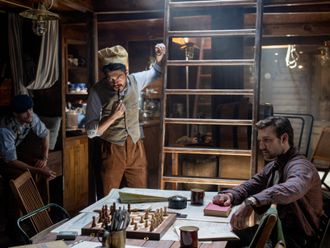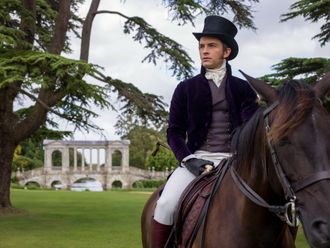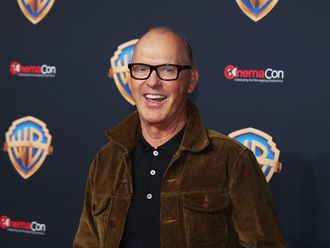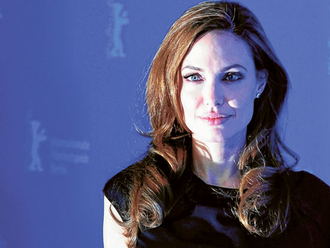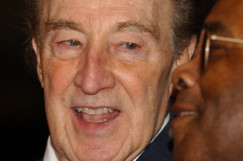
Renowned jazz clarinetist Buddy DeFranco, who led the way on his instrument in the transition between the swing and bebop eras, has died at the age of 91, his family said on Friday.
DeFranco’s family said that the famed musician died on Wednesday evening at a Panama City hospital. His wife, Joyce, said he had been in declining health in recent years. The couple lived in Panama City.
DeFranco, who began his professional career as a teenager in the late 1930s, made both concert and recording appearances with many of the top singers and musicians of his era, including Frank Sinatra, Billie Holiday, Tony Bennett, Ella Fitzgerald, Nat King Cole, Oscar Peterson and Art Tatum.
“Buddy DeFranco almost single-handedly was the clarinetist who moved the harmonic and rhythmic language forward from where Benny Goodman left off into the much more adventurous territory of bebop and beyond, while never forgetting his roots in swing music,” said leading jazz clarinetist Ken Peplowski in an email.
Born in 1923 in Camden, New Jersey, DeFranco was raised in South Philadelphia and began playing the clarinet at age 9. By age 14, he had won a national Tommy Dorsey Swing contest and began his road career in 1939.
DeFranco said his favourite clarinetist at the time was Artie Shaw, who led his own big band.
In the 1940s, DeFranco appeared in top swing bands led by Gene Krupa, Charlie Barnet and Tommy Dorsey. In 1950, as the big band era was in decline, he joined the Count Basie Septet.
Meanwhile, Charlie Parker and Dizzy Gillespie were leading a modern jazz revolution, and DeFranco became excited about the improvisatory freedom in the new style known as bebop after hearing Parker play at Minton’s club in Harlem.
“When I heard Charlie Parker, I knew that that was going to be the new wave, the new way to play jazz,” said DeFranco in the 2007 NEA interview. “From that point on, I was sold with ... the idea of bebop. But that presented another problem with the clarinet because ... it was much more difficult to play. It was treacherous in many ways as far as fingering and articulation.”
In the 1950s, DeFranco performed with Parker, Gillespie and other bebop legends. He formed his own quartet with drummer Art Blakey, pianist Kenny Drew and bassist Eugene Wright, and toured Europe with Holiday in 1954. Jazz at the Philharmonic producer Norman Granz paired DeFranco with pianists Art Tatum and Oscar Peterson for memorable recordings.
DeFranco was repeatedly recognised as the top jazz clarinetist in magazine polls conducted by Downbeat, Metronome and Playboy.
DeFranco never lost his affinity for swing music, and led the Glenn Miller Orchestra from 1966 to 1974. He also worked extensively in the studios and on television, and had his own show, The Buddy DeFranco Jazz Forum on public television.
He formed a lasting musical partnership with vibraphonist Terry Gibbs and they recorded a series of albums in the 1980s and 1990s. DeFranco made more than 160 recordings.
The Cuban-born jazz clarinetist Paquito D’Rivera credits DeFranco with helping keep the jazz clarinet legacy alive when younger musicians were shunning the instrument because of its difficulty to master in modern jazz.
“He was not only a great artist, but a very elegant gentleman with a great sense of camaraderie,” D’Rivera said in an email.
In 2007, DeFranco was named a National Endowment for the Arts Jazz Master, the nation’s highest jazz honour.
DeFranco is survived by his wife and his son, Chad.



